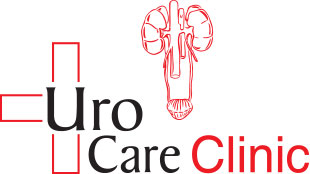- Dr Dipak Joshi
- 0 Comments
It is noticed that around 25- 30% of the men above 60 years of age have hypertension and BPH (Be- nign Prostatic Hyperplasia). It has been suggested that age is the common factor for both the diseases. Because of this correlation, it is recommend- ed to monitor blood pressure (BP) by urologists in cases of BPH.
it is noticed that around 25- 30% of the men above 60 years of age have hypertension and BPH (Be- nign Prostatic Hyperplasia). It has been suggested that age is the common factor for both the diseases. Because of this correlation, it is recommend- ed to monitor blood pressure (BP) by urologists in cases of BPH.
Research has shown that development of BPH, is linked to aging – a non-mod-ifiable risk factor and several modi-fiable risk factors like type 2 diabetes, high blood pressure, high cholesterol and obesity.Research has shown that development of BPH, is linked to aging – a non-mod-ifiable risk factor and several modi-fiable risk factors like type 2 diabetes, high blood pressure, high cholesterol and obesity.
It is also advised that elderly patients with comorbid conditions like concomitant hyper- tension, diabetes and symptomatic
Signs & symptoms:
- Sudden inability to pass urine with accompanying lower abdominal pain
- Burning or passing blood or pus during urination
- Sudden onset severe pain in the flanks
- Swelling around the eyes, on the feet
- Inability or difficulty attaining and maintaining an erection
Lifestyle changes required:
- Manage fluid intake within 1.5-2 Liters/day.
- Avoid or cut down on caffeinated drinks
- Maintain a healthy diet by adding 5 servings, fresh fruits, vegetables and wholegrain items
- Moderately exercise for 30 mins four days a week
- Have a sound sleep for 7-8 hours daily
- Do not consume spicy food as it increases the frequency of urination
- Quit smoking and avoid alcohol

